How to Get Rid of Aphids: 5 Mistakes to Avoid
Ever gazed lovingly at your thriving garden only to discover tiny invaders silently wreaking havoc? Aphids—those minuscule but mighty pests—can transform a flourishing garden into a battleground virtually overnight. These soft-bodied insects might be smaller than a grain of rice, but their voracious appetite and astonishing reproductive capacity make them the bane of gardeners worldwide. Learning how to get rid of aphids effectively is crucial for any serious gardener.
Aphids feed by piercing plant tissues and extracting sap, essentially vampirizing your beloved greenery. The aftermath is unmistakable: curled leaves, stunted growth, and a sticky residue called honeydew that attracts secondary problems like sooty mold. Beyond the immediate damage, these pernicious creatures often serve as vectors for plant viruses, compounding their destructive potential exponentially.
What makes aphid control particularly vexing is their remarkable resilience. Traditional approaches often fall short or, worse yet, create cascading problems throughout your garden’s delicate ecosystem. Let’s embark on a journey to understand these diminutive adversaries and develop a nuanced strategy that avoids common pitfalls while effectively reclaiming your botanical sanctuary.
Table of Contents
Table of Contents
Understanding Your Enemy: Aphid Basics




Before waging war, one must comprehend the adversary. Aphids comprise over 4,000 species, appearing in hues ranging from translucent green to vivid red and coal black. Their morphology is distinctive—pear-shaped bodies supported by spindly legs, with most species flaunting a pair of cornicles (tube-like protrusions) extending from their posterior. These telltale appendages distinguish them from other common garden interlopers.
The aphid lifecycle exemplifies evolutionary efficiency at its most impressive—and problematic. During optimal conditions, female aphids engage in parthenogenesis, a form of asexual reproduction that bypasses the need for mating. This reproductive shortcut allows them to birth live young rather than laying eggs, accelerating population growth to staggering proportions. A single aphid can become the progenitor of billions within a season. Let that sobering statistic sink in.
Nature, however, maintains checks and balances. Numerous beneficials—ladybugs, lacewings, hoverfly larvae, and parasitic wasps—view aphids as a sumptuous buffet. In undisturbed ecosystems, this predator-prey relationship typically prevents aphid populations from reaching catastrophic levels. Your garden represents a microcosm where this delicate equilibrium can either thrive or collapse depending on your horticultural practices. Understanding this intricate dance becomes essential to formulating effective strategies on how to get rid of aphids that work with nature rather than against it.
Mistake #1: Reaching for Chemical Solutions First
The sighting of aphids often triggers an immediate panic response: reaching for the nearest bottle of pesticide. This reflexive reaction, while understandable, constitutes perhaps the most counterproductive mistake in aphid management. Commercial insecticides rarely discriminate between beneficial insects and pests, creating a tabula rasa that eliminates natural aphid predators alongside the intended targets. The pyrrhic victory is short-lived.
Beyond collateral damage to beneficial populations, chemical interventions can catalyze a phenomenon known as pesticide treadmill. Aphids, with their abbreviated generations and explosive reproductive capacity, evolve resistance to chemical controls with alarming alacrity. Each application inadvertently selects for increasingly resistant individuals, necessitating stronger chemicals in a never-ending spiral of intervention.
Instead, adopt a graduated approach. Begin with mechanical removal—a forceful spray of water often dislodges aphid colonies effectively. For moderate infestations, consider botanical insecticides like neem oil, which disrupts aphid feeding and reproduction while sparing many beneficials. Only when these gentler methods prove insufficient should chemical options enter consideration. This methodical progression exemplifies the cornerstone principle of Integrated Pest Management: minimal intervention for maximum effect. Your garden—and its beneficial inhabitants—will thank you for learning how to get rid of aphids through these balanced approaches.
Mistake #2: Overlooking Early Warning Signs
The adage an ounce of prevention is worth a pound of cure finds no better application than in aphid management. Detecting infestations during their nascent stages dramatically simplifies control measures, yet many gardeners miss subtle harbingers of impending aphid invasions. The initial indicators remain inconspicuous—slight leaf distortion, minor yellowing, or faint stippling patterns that easily escape cursory observation.
Implement a regimen of deliberate, systematic plant inspections. Set a calendar reminder for weekly examinations, paying particular attention to leaf undersides, stem junctions, and fresh growth—aphids’ preferred haunts. A magnifying lens becomes an indispensable tool, revealing tiny yellow eggs or nymphs before they establish robust colonies. Train your eyes to notice secondary indicators like emergent ant activity, as these insects often farm aphids for their honeydew secretions in a fascinating symbiotic relationship.
Heighten vigilance during critical seasonal windows. Spring witnesses aphid populations exploding as temperatures moderate and tender new growth emerges. Similarly, late summer brings another population surge as plants mobilize resources for seed production. These predictable patterns allow you to anticipate problems rather than merely responding to them. A proactive monitoring system transforms you from reactive gardener to strategic ecosystem manager, intercepting problems before they require drastic intervention. This advance planning is fundamental to successful methods of how to get rid of aphids.
Mistake #3: Using Water Incorrectly
Water represents the simplest yet frequently misapplied aphid control method. The concept seems straightforward—blast the pests off plants with a strong jet of water. However, nuance matters tremendously in execution. Many gardeners either apply insufficient pressure to dislodge tenacious aphids or conversely, employ water jets powerful enough to damage delicate foliage and stems. Finding the Goldilocks zone requires practice and appropriate equipment.
Invest in an adjustable nozzle that allows precise control over water pressure. Begin with a moderate setting and adjust incrementally until finding the sweet spot that removes aphids without harming plant tissues. Position the spray at shallow angles rather than perpendicular to plant surfaces, reducing impact trauma while effectively dislodging pests. This technique requires minimal investment yet delivers surprising efficacy when properly executed.
Timing transforms this simple intervention from marginally effective to remarkably powerful. Apply water treatments during mid-morning hours when dew has evaporated but before the day’s heat intensifies. This timing prevents moisture-related fungal issues while ensuring dislodged aphids encounter a hostile environment—warm, dry soil where desiccation occurs rapidly. Repeat applications every 2-3 days for maximum impact, as water treatments address current populations without residual effects. With proper technique and strategic timing, this elementary approach often obviates the need for more invasive interventions. When considering how to get rid of aphids, mastering this water technique should be your first practical skill.
Mistake #4: Ignoring Natural Predators
Nature engineered an elegant solution to aphid problems long before humans conceived of pesticides. Beneficial insects—ladybugs, lacewings, hoverflies, parasitic wasps, and numerous others—have evolved specifically to keep aphid populations in check. Yet many garden management practices inadvertently repel or eliminate these crucial allies, transforming what could be a self-regulating ecosystem into one requiring constant human intervention.
Broad-spectrum insecticides represent the most obvious culprit, but subtle factors also influence predator populations. Excessive garden tidiness eliminates overwintering habitats for beneficial insects. Removing leaf litter, dead stems, and other messy elements creates a sterile environment inhospitable to the very creatures that could resolve your aphid problems naturally. Consider designating untidy sanctuary areas within your garden where beneficial insects can complete their lifecycle undisturbed.
Actively court these valuable allies by introducing insectary plants into your landscape. Asteraceae family members (cosmos, zinnia, sunflower) produce pollen that sustains adult lacewings and ladybugs. Apiaceae plants (dill, fennel, Queen Anne’s lace) attract hoverflies and parasitic wasps with their umbel-shaped flowers. Interplanting these specimens throughout your garden creates a continuous beneficial habitat that maintains predator populations even when aphids become scarce. This approach transcends simple pest control, fostering a resilient, largely self-regulating ecosystem where nature does most of the heavy lifting in keeping aphids at bay. Understanding how to get rid of aphids through biological allies creates sustainable long-term solutions.
Mistake #5: Improper Plant Spacing and Care
Overcrowded gardens unknowingly create ideal conditions for aphid proliferation. Plants positioned too closely compete for essential resources—light, water, nutrients—generating stress that compromises their natural defense mechanisms. These weakened specimens emit biochemical signals that aphids have evolved to detect, essentially broadcasting vulnerability across the garden. Additionally, densely packed foliage restricts airflow, creating humid microclimates where aphids thrive while simultaneously limiting predator access.
The relationship between plant health and pest resistance cannot be overstated. Stressed plants produce fewer defensive compounds while simultaneously increasing production of amino acids in their sap—essentially serving up a more nutritious meal for aphids. This vicious cycle accelerates as feeding damage further stresses plants, attracting more pests in a downward spiral. Breaking this cycle requires addressing fundamental cultural practices rather than focusing exclusively on the aphids themselves.
Implement proper spacing according to mature plant dimensions rather than their size at planting. This foresight might initially create a garden that appears sparse, but patience yields rewards as plants grow to fill the space appropriately. Consider implementing companion planting strategies that incorporate naturally aphid-resistant varieties like alliums, marigolds, and nasturtiums as buffer plants between susceptible species. Maintain consistent watering and appropriate fertilization regimens that promote robust growth without excessive nitrogen, which stimulates tender new growth particularly attractive to aphids. These preventative measures represent the foundation of sustainable aphid management—addressing root causes rather than symptoms. Learning how to get rid of aphids starts with creating an environment where they struggle to thrive.
Foolproof Aphid Control and Prevention
DIY Aphid Remedies That Actually Work
Not all homemade solutions deliver on their promises, but several DIY approaches have demonstrated legitimate efficacy against aphid populations. These formulations typically work through multiple mechanisms—disrupting the insects’ waxy outer coating, interfering with respiration, or creating deterrent effects that discourage feeding and reproduction. The beauty of these solutions lies in their selective action, targeting aphids while minimizing impact on beneficial organisms.
Essential oil sprays harness the potent biochemical defenses plants have evolved over millennia. Combine one drop each of peppermint, thyme, rosemary, and clove oils with a teaspoon of castile soap and a quart of water. The soap acts as an emulsifier, creating a stable solution that adheres to plant surfaces. Apply via fine mist during early morning or evening hours to prevent foliage burning, focusing on leaf undersides where aphids congregate. The aromatic terpenes disrupt aphid nervous systems while creating an olfactory environment they find repellent.
Insecticidal soap solutions offer another effective approach when learning how to get rid of aphids. The crucial factor lies in concentration—too dilute and efficacy suffers; too concentrated and phytotoxicity becomes problematic. The optimal formulation combines one tablespoon of pure castile soap (not detergent) with a quart of water. This solution directly attacks the aphids’ cuticle, dissolving the waxy coating that prevents desiccation. For enhanced efficacy, add a tablespoon of isopropyl alcohol, which penetrates the insects’ respiratory system. Always test these solutions on a small portion of plant tissue before widespread application, as some species exhibit sensitivity to soap compounds. Applied weekly, these simple formulations often resolve moderate infestations without resorting to commercial products.
Preventative Measures: Building an Aphid-Resistant Garden
Strategic plant selection and placement creates an environment inherently inhospitable to aphid colonization. Certain aromatic herbs—particularly those high in volatile compounds like thyme, oregano, sage, and rosemary—emit vapors that confuse and repel aphids. Interspersing these throughout your garden creates protective zones around susceptible plants. Companion planting represents one of the most underutilized yet effective preventative strategies available to home gardeners.
The concept of trap plants elevates pest management to an art form. Nasturtiums, known for their peppery flavor and vibrant blooms, possess an uncanny ability to attract aphids, drawing them away from more valuable crops. Similarly, calendula functions as an aphid magnet while simultaneously attracting beneficial insects that prey on them—a dual-purpose sentinel in your garden’s defense system. Position these sacrificial plants strategically around the perimeter and interspersed throughout your garden, then monitor them closely as early warning systems and population sinks.
Physical barriers offer yet another layer of protection when considering how to get rid of aphids. Floating row covers, particularly during vulnerable seedling stages and known aphid migration periods, create mechanical exclusion while still allowing light, air, and water penetration. For small-scale applications, aluminum foil mulch reflects ultraviolet light in patterns that disorient and repel aphids. This approach proves particularly effective for protecting high-value plants like peppers, eggplants, and heirloom tomatoes during establishment phases. By implementing these preventative measures in combination, you create a garden ecosystem fundamentally resistant to aphid establishment and proliferation.
When to Call In the Professionals
Despite your best efforts, certain situations warrant professional intervention. Recognize these scenarios early to prevent catastrophic crop losses. When infestations expand exponentially despite consistent application of home remedies, or when aphids affect particularly valuable specimens, professional expertise may provide the most cost-effective resolution. Additionally, recurrent annual infestations despite preventative measures suggest underlying issues that might benefit from expert analysis.
When selecting professional services, prioritize companies specializing in Integrated Pest Management rather than conventional exterminators. Prepare specific questions to evaluate their ecological approach: What beneficials will your treatments affect? What measures do you take to minimize non-target impacts? What preventative recommendations can you provide to reduce future treatments? Their responses reveal much about their philosophical approach to pest management. True professionals view their role as ecosystem consultants rather than chemical applicators.
Consider the long-term economic calculus rather than focusing exclusively on immediate costs. A higher initial investment in ecological management often yields dividends through reduced treatment frequency and prevention of secondary pest outbreaks. Request comprehensive proposals that include follow-up monitoring and preventative recommendations rather than one-time treatments. The most valuable professional services educate clients while solving problems, empowering you to implement preventative measures independently. This knowledge transfer ultimately represents the most sustainable investment in your garden’s future health and enhances your own skills in how to get rid of aphids.
Seasonal Aphid Strategy: Your Year-Round Battle Plan
Spring serves as the foundation for successful year-round aphid management. As temperatures rise and plants emerge from dormancy, overwintering aphid eggs hatch into founding populations. Implement early-season oil sprays on woody perennials before bud break to smother these eggs before they become active aphids. Simultaneously, establish insectary plants to attract and support beneficial predators when aphid populations begin expanding. This proactive spring preparation dramatically reduces summer management requirements.
Summer demands vigilant monitoring coupled with targeted interventions. Establish a weekly inspection routine, focusing particular attention on new growth flushes where winged aphids typically establish colonies. When infestations appear, implement immediate water sprays followed by insecticidal soap applications if necessary. Maintain hydration of insectary plants to ensure continuous nectar resources for beneficial insects during hot periods when flowering naturally diminishes. This consistent support system maintains predator populations precisely when their services prove most valuable.
Fall and winter activities focus on breaking the aphid lifecycle while establishing favorable conditions for the following season. Remove and destroy heavily infested annual plants rather than composting them, as this eliminates overwintering sites. Apply compost to perennial beds to boost natural soil immunity factors. Install beneficial insect shelters—simple structures of bundled hollow stems or drilled wooden blocks—to provide overwintering habitat for predators. These off-season activities disrupt the aphid lifecycle while preserving beneficial populations, tilting the ecological balance in your favor before the growing season begins. A thoughtful seasonal approach to how to get rid of aphids transforms management from reactive crisis response to proactive ecosystem stewardship.
Conclusion: Taking Back Your Garden
The most effective aphid management transcends simplistic pest control to embrace holistic ecosystem thinking. Rather than engaging in perpetual warfare against these insects, successful gardeners foster environments where natural systems maintain balance with minimal intervention. This paradigm shift—from controlling aphids to cultivating resilient gardens—represents the fundamental distinction between short-term fixes and sustainable solutions.
The journey toward equilibrium requires patience. Transitioning from chemical dependencies to biological controls often involves a temporary period where pest populations appear to increase as beneficial populations establish. Trust this process. The temporary discomfort yields permanent rewards as your garden develops self-regulating mechanisms that maintain aphid populations below damaging thresholds without constant human intervention.
Continuous learning remains essential to this approach. Excellent resources abound for gardeners seeking to deepen their understanding of ecological pest management. University extension services offer research-based publications specific to your growing region. Organizations like the Xerces Society provide specialized information on beneficial insect conservation. Online communities connect experienced practitioners willing to share hard-won wisdom. By combining time-tested techniques with emerging research, you develop a personalized approach perfectly calibrated to your unique garden ecosystem. The result transcends mere aphid control to achieve something far more valuable—a thriving, resilient garden that largely manages itself. Mastering how to get rid of aphids naturally is ultimately about creating harmony rather than waging war.
Frequently Asked Questions (FAQs)
What are aphids and how do I identify them?
Aphids are small, soft-bodied insects that feed on plant sap. They’re typically green but can also be black, brown, red, or yellow. You can identify them by their pear-shaped bodies, long antennae, and the presence of cornicles (two tube-like structures) on their backs. They often cluster on the undersides of leaves or on new growth, causing leaves to curl, yellow, or become distorted.
How to get rid of aphids quickly?
To get rid of aphids quickly, spray affected plants with a strong stream of water to dislodge them, apply insecticidal soap or neem oil, introduce beneficial insects like ladybugs, or use a DIY solution of water mixed with a few drops of dish soap. For severe infestations, prune heavily affected parts of the plant.
Are aphids harmful to my plants?
Yes, aphids damage plants by sucking sap, which weakens the plant and can lead to yellowing leaves, stunted growth, and deformed flowers or fruit. They also secrete honeydew, which attracts ants and promotes sooty mold growth. Additionally, aphids can transmit plant viruses between plants.
How to get rid of aphids naturally without chemicals?
Natural methods to get rid of aphids include introducing beneficial insects (ladybugs, lacewings, parasitic wasps), spraying plants with water, applying neem oil, creating DIY sprays with essential oils, planting aphid-repellent companion plants like marigolds or nasturtiums, and using reflective mulch to confuse and deter aphids.
How to get rid of aphids permanently?
While permanent elimination is challenging, you can keep aphids away by: regularly inspecting plants, maintaining plant health through proper watering and fertilization, encouraging beneficial insects, practicing crop rotation, removing weeds that host aphids, using preventative sprays of neem oil, and establishing diverse plantings that support natural predators.
Why do aphids keep coming back after treatment?
Aphids may return because: you missed eggs or hidden aphids, nearby plants are infested, new aphids are blown in by wind, treatments were stopped too soon, beneficial predators were accidentally killed by broad-spectrum pesticides, or environmental conditions are particularly favorable for aphid reproduction.
How to get rid of aphids on indoor plants?
For indoor plants, isolate infested plants, wipe aphids off with a damp cloth, spray with insecticidal soap or neem oil, apply rubbing alcohol with a cotton swab directly to aphids, place sticky traps nearby, or introduce beneficial insects if appropriate for indoor use. Regular inspection is key to prevent recurrence.
How long does it take to get rid of aphids?
With consistent treatment, you can see significant reduction in aphid populations within 1-2 weeks. However, complete control may take 3-4 weeks of ongoing monitoring and treatment. Severe infestations or inadequate coverage may extend this timeline. Consistency is crucial for successful aphid management.
Can aphids harm humans or pets?
No, aphids do not bite, sting, or transmit diseases to humans or pets. They’re strictly plant pests. However, some people may experience skin irritation from handling certain aphid species or from the defensive secretions they produce when disturbed. Always wash hands after handling aphid-infested plants.
How to get rid of aphids on vegetables in my garden?
For vegetable gardens, use food-safe methods like strong water sprays, insecticidal soap, neem oil, introducing beneficial insects, reflective mulch, and companion planting. Avoid chemical pesticides on edible plants, especially close to harvest time. Always wash vegetables thoroughly before consumption.

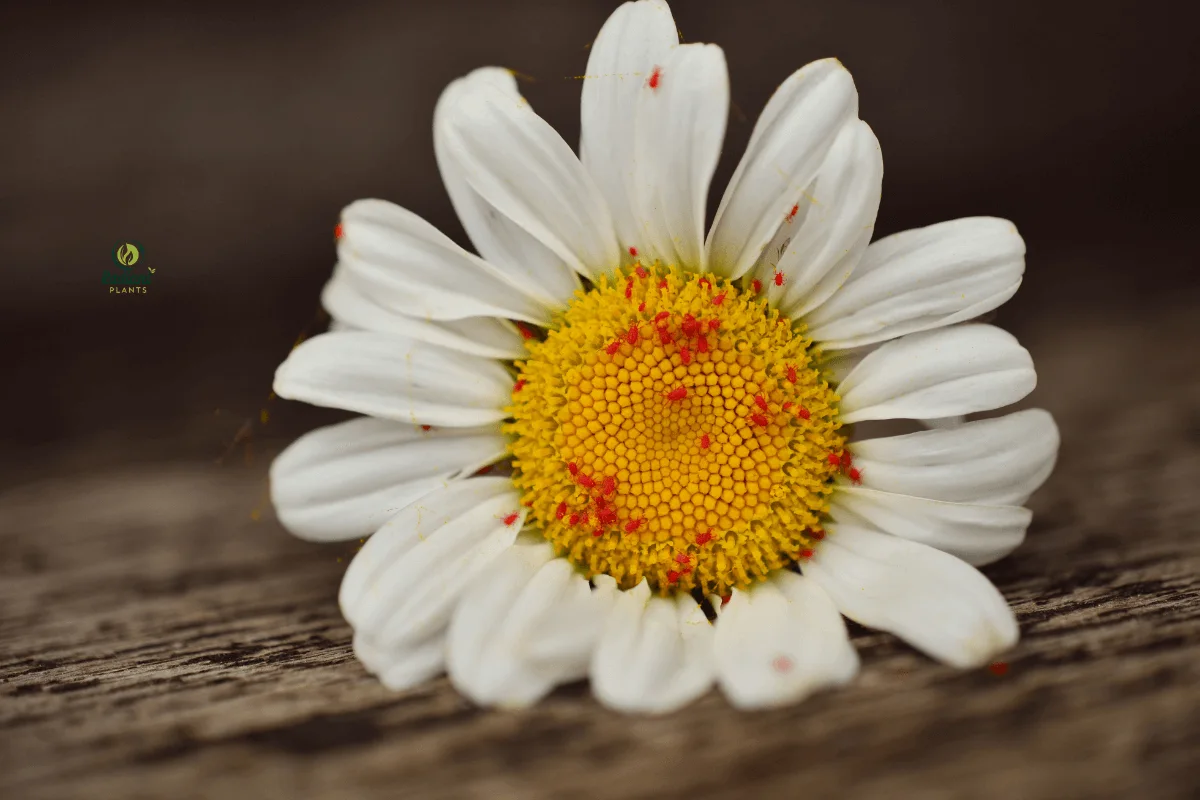

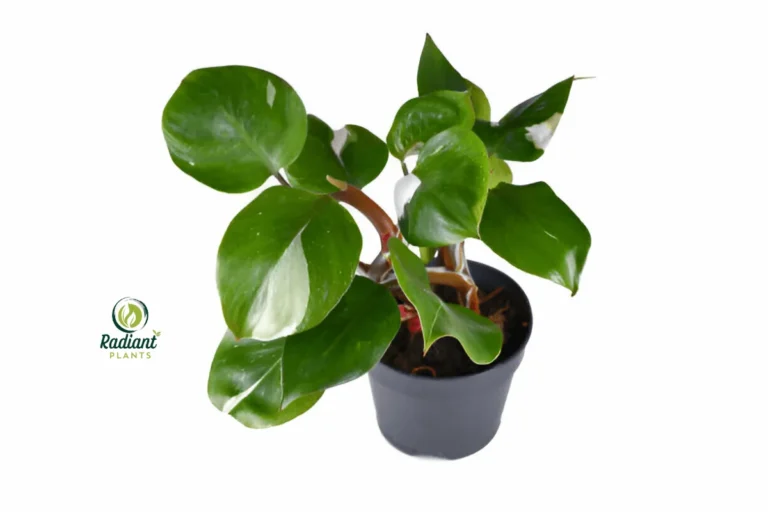

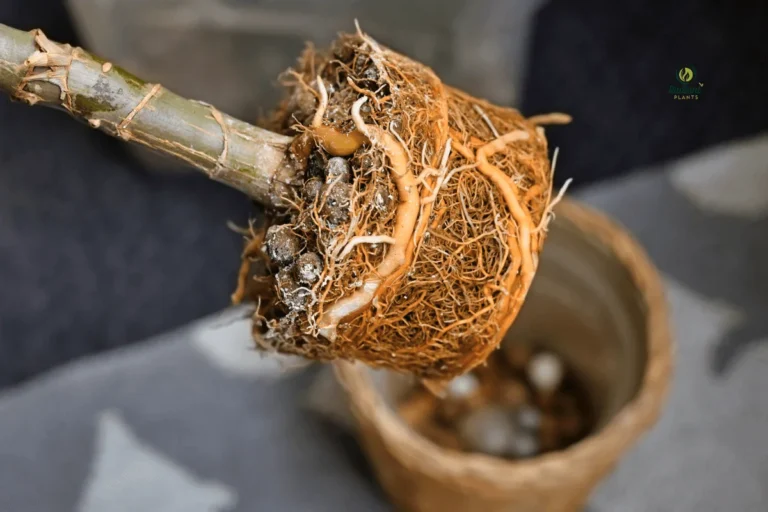
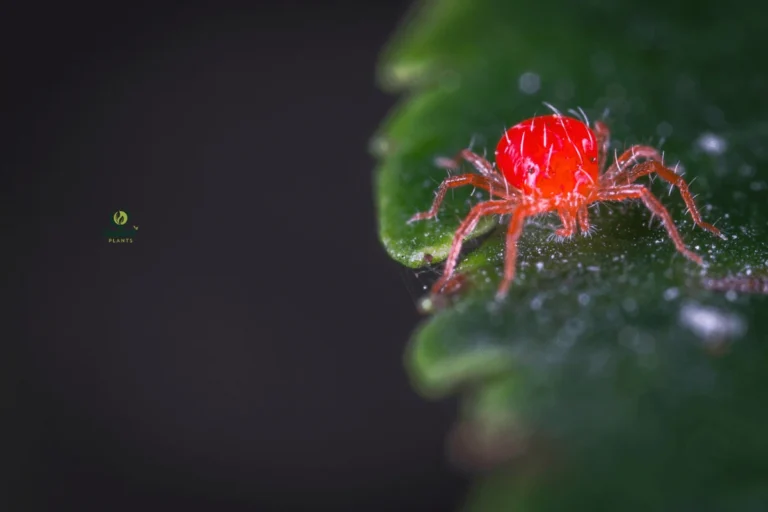
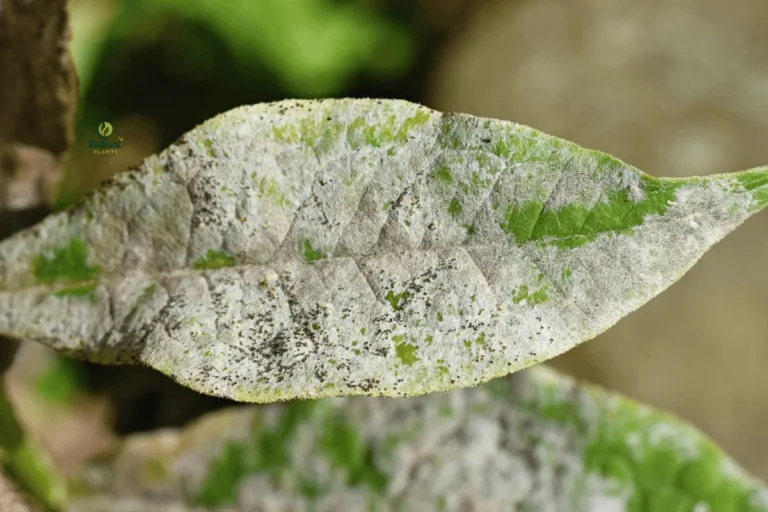
One Comment